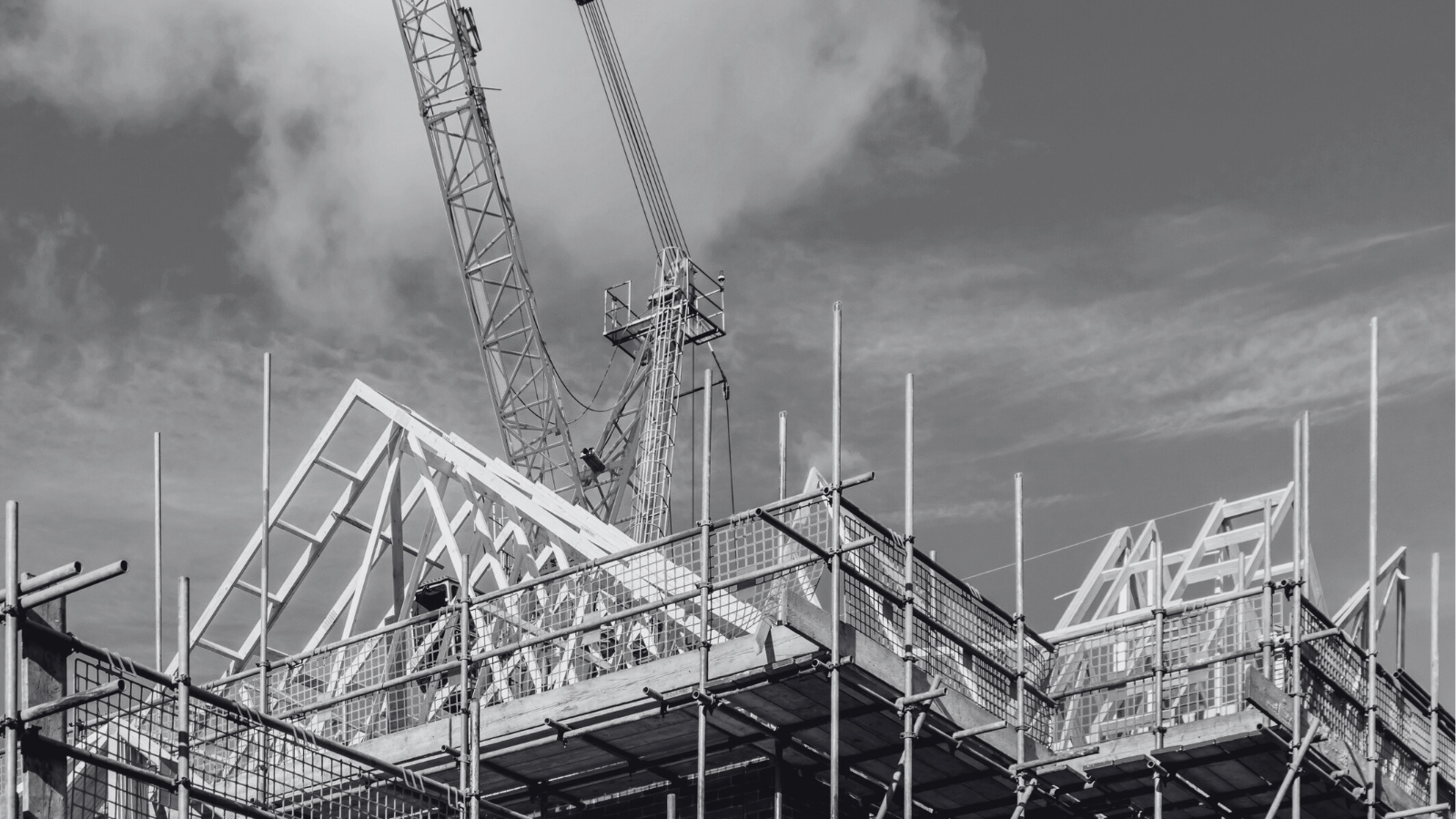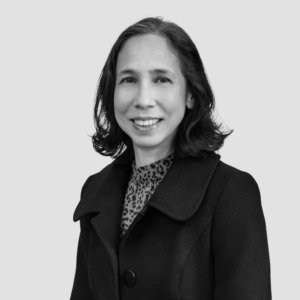On 10 July 2025, the Government published guidance on how the Building Safety Levy will work and confirming it will come into effect on 1 October 2026. The draft regulations outlining how the levy will operate have also been laid in Parliament before final approval.
The purpose is to ensure that the burden of paying to fix historical building safety defects does not fall on leaseholders. However, the Building Safety Levy must be paid by developers of residential buildings, regardless of their height, tenure and structure as part of the building control process.
No account is made of whether the developer has historically built high rise buildings. It is a payment scheme that will operate in a similar way to the Community Infrastructure Levy.
The Building Safety Levy will be:-
- Calculated on a square metre basis on gross internal area, with rates varying across the country. See schedule 3 of the above draft regulations link listing the rates for each local authority;
- Subject to exemptions for some types of development. These include affordable housing, non-social homes built by a not-for-profit registered provider, NHS hospitals and facilities, care homes, supported housing (save for private tenure supported housing), children’s homes, domestic abuse shelters, accommodation for armed services personnel, criminal justice accommodation and developments of fewer than ten units;
- Subject to a 50% reduction for developments built on “previously developed land”;
- Payable in one tranche, rather than its earlier suggestion that part should be paid before work starts and the remainder before completion;
- Collected by local authorities, which will retain a proportion of receipts to cover their administrative costs;
- Enforced on the basis that non-payment means a building control authority cannot issue a completion certificate.
On or after 1 October 2026, anyone submitting an application for building control approval relating to the provision of one or more dwellings, or one or more purpose built student accommodation (“PBSA”) bedspaces, will be liable to pay the levy (except where an exemption applies).
The levy does not apply to building control applications for dwellings or PBSAs that are submitted before 1 October 2026. If such existing applications are varied after 1 October 2026 (for example via a further full plans application for the same works, amendment notice or change control application) the levy does not apply to such applications.
Developers should consider getting building control applications submitted earlier than usual on upcoming sites and must factor the additional cost of the levy into appraisals. Contractual mechanisms to reduce exposure to the levy should be considered.
Please do get in touch if you would like advice on how the levy will affect your development.








